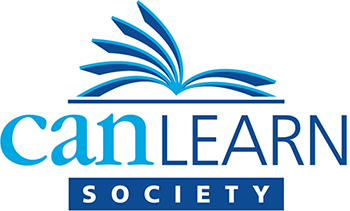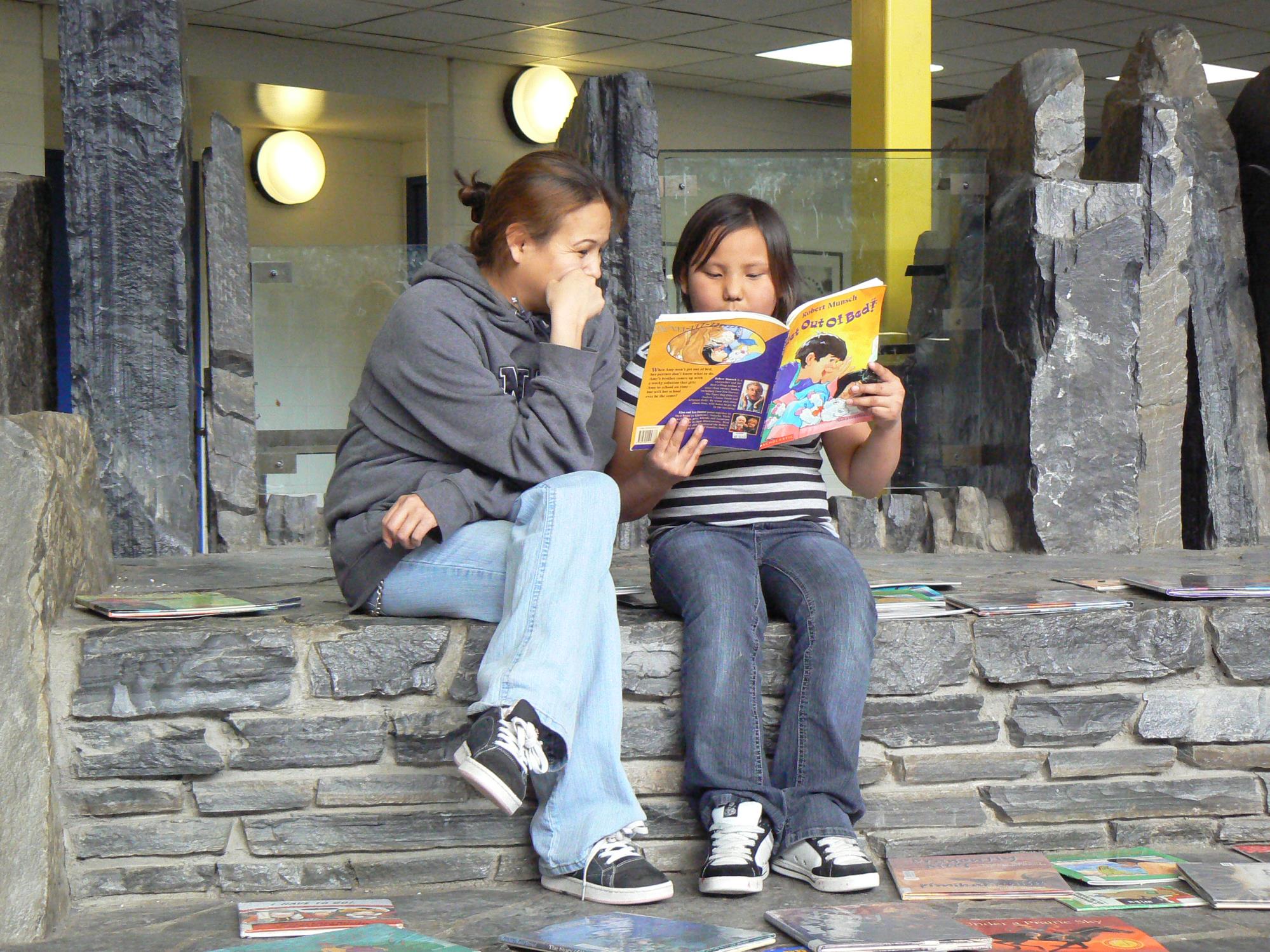“This is how you change the world, the smallest circles first… That humble energy, the kind that says, ‘I will do what I can do right now in my own small way,’ creates a ripple effect on the world.”
― Richard Wagamese, One Drum: Stories and Ceremonies for a Planet
Over the past year, I was a part of the Indigenous Learning Circle offered by Calgary Learns and led by Lisa L’Hirondelle.
The purpose of the Circle was to engage adult foundational learning practitioners to explore the historical issues shaping the experience of Indigenous learners. The intention was to open hearts, learn and connect.
When I received the invitation to join the Circle, I thought I knew a lot about the issues shaping the experiences of Indigenous learners. I understood why they were reluctant to come to a program and why many were shy or hesitant to express an opinion or idea. I wasn’t one of those people who needed to be convinced that Residential Schools were horrific and that they left a lasting legacy of inter-generational grief, trauma, and loss. I have been aware for a long time that, although diverse, Indigenous learners ‘ views on learning go beyond learning to read and write. I have known that the Circle is a symbol in Indigenous spirituality, gatherings of people, songs, and dances.
Little did I know that this would be one of the most memorable learning experiences I’ve ever had!
We met once a month and talked for an hour and a half.
Hearing the stories of grief and loss that our Indigenous people hold in their hearts and minds would often bring me to the verge of tears. I did not want to cry in front of my colleagues, so I would fight back my tears by biting my lips and fidgeting with something. All I wanted to do after each session was cry and scream and let it all out – my grief, my sadness, my anger. I read somewhere that when we cry, where our tears fall from our eyes can tell us a lot about how we are feeling. If the tears fall from the middle of our eyes, we are feeling anger. If they fall from the left side of our eyes, we feel grief and sadness.
The Circle provided many opportunities to build our understanding and knowledge about the history of colonization, including the residential school system. We were encouraged to read articles and watch Ted Talks and YouTube videos by Indigenous authors, take ownership of our learning and find other colleagues interested in decolonization and process experiences together.
One of the first reading recommendations shared with us was the book Half-Breed by Maria Campbell. I stayed up all night reading it. It lingered in my mind for days. Since then, I have spent hours reading poetry, stories, and novels by Thomas King, Rita Joe, Sherman Alexie, Jesse Thistle, Suzanne Methot, Drew Hayden Taylor, Richard Wagamese, and many others. To understand our Indigenous learners, we must know not simply their history but also their literature. Indigenous literature tells us what Indigenous people experienced throughout history, what they think and feel, how they look at life and death, what they love, what they fear, and how and why they laugh.
Yes, you read correctly – laugh! I learned that humour and laughter are integral to Indigenous identity. If you haven’t done so, listen to the podcast Healing Through Humour.
Lisa, thank you for this fantastic learning journey!
Nada Jerkovic – Manager, Literacy Programs

